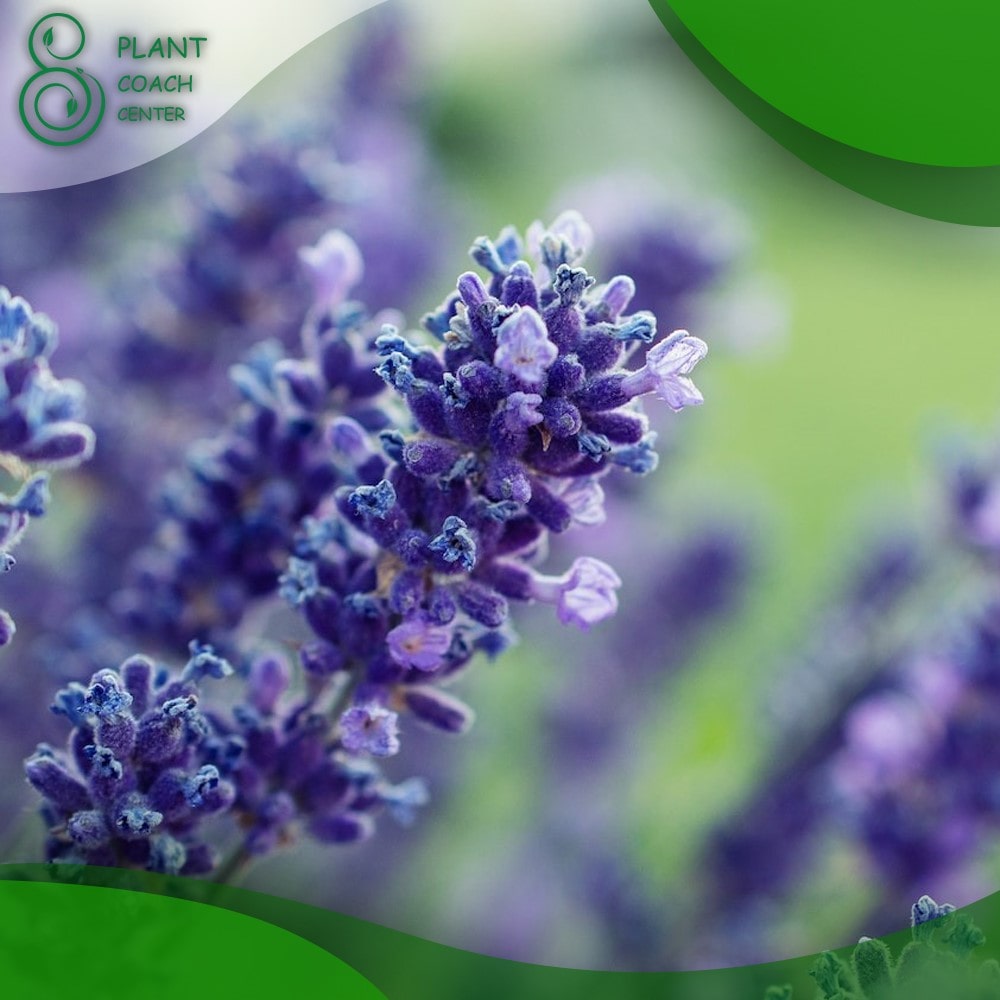When Can You Plant Lavender
Gardening is a rewarding and enjoyable pastime, but it can also be a challenging one. Even experienced gardeners can run into problems such as pest infestations, diseases, and soil issues.
That’s where plant coaching comes in. Plant coaching is a type of guidance and support for gardeners that helps them overcome common challenges and achieve successful and healthy plant growth.
In this article, we’ll be focusing specifically on when to plant lavender, a popular and versatile herb that is known for its fragrant scent and soothing properties. Lavender is a relatively easy plant to grow, but it does require specific growing conditions and care. By following the tips and guidelines in this article, you can ensure that your lavender plants thrive and flourish.
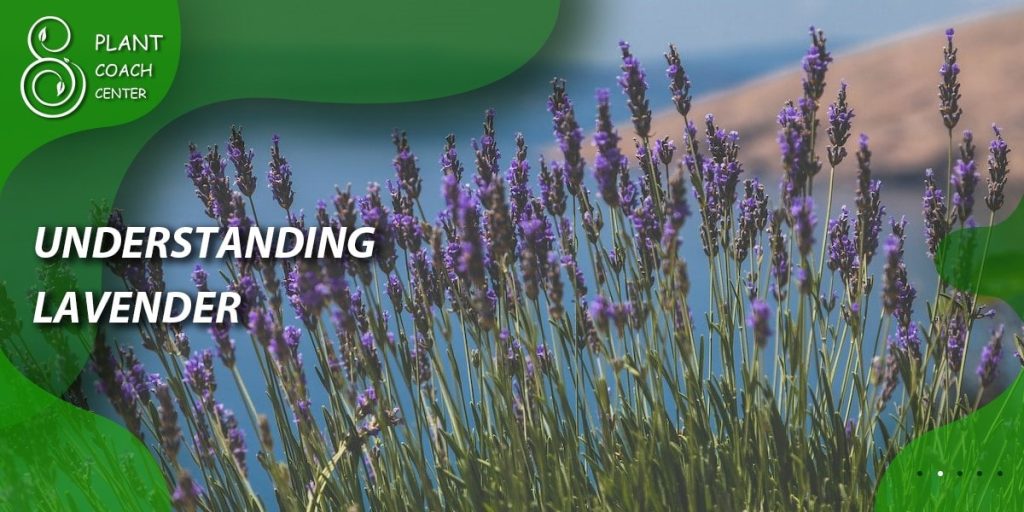
Understanding Lavender
Before we dive into when to plant lavender, it’s important to have a basic understanding of the plant itself. Here are a few key things to know about lavender:
– Lavender is a perennial herb that belongs to the mint family.
– There are over 40 different species of lavender, but the most commonly grown species is Lavandula angustifolia.
– Lavender is native to the Mediterranean region but can be grown in a variety of climates and regions.
– Lavender is known for its fragrant scent and is often used in aromatherapy and skincare products.
– Lavender has a variety of culinary and medicinal uses and can be used to make teas, essential oils, and other products.
Varieties of Lavender and Their Growing Requirements
There are many different varieties of lavender, each with its own unique characteristics and growing requirements. Some of the most popular varieties include:
– English lavender (Lavandula angustifolia): This is the most commonly grown species of lavender and is known for its fragrant scent and calming properties. English lavender is hardy and can be grown in a variety of climates.
– French lavender (Lavandula stoechas): This variety of lavender has a distinctive “rabbit ear” shape and is known for its vibrant purple flowers. French lavender is less hardy than English lavender and requires warmer temperatures and well-draining soil.
– Spanish lavender (Lavandula dentata): This variety of lavender has toothed leaves and a unique scent. Spanish lavender is less hardy than English lavender and requires warmer temperatures and well-draining soil.
Regardless of the variety of lavender you choose to grow, there are a few key growing requirements that are important to keep in mind. These include:
– Climate: Lavender thrives in warm, sunny climates and is not well-suited to cold or damp conditions. If you live in a cooler climate, you may need to plant lavender in pots or containers that can be moved indoors during the winter months.
– Soil: Lavender requires well-draining soil that is slightly alkaline (with a pH between 6.5 and 7.5). If your soil is heavy or clay-like, you may need to amend it with sand or other materials to improve drainage.
– Sunlight: Lavender requires full sun and at least six hours of direct sunlight per day. If your lavender plants are not getting enough sunlight, they may become leggy or fail to produce flowers.
– Watering: Lavender is drought-tolerant and does not require frequent watering. However, it’s important to water newly planted lavender regularly until it becomes established.
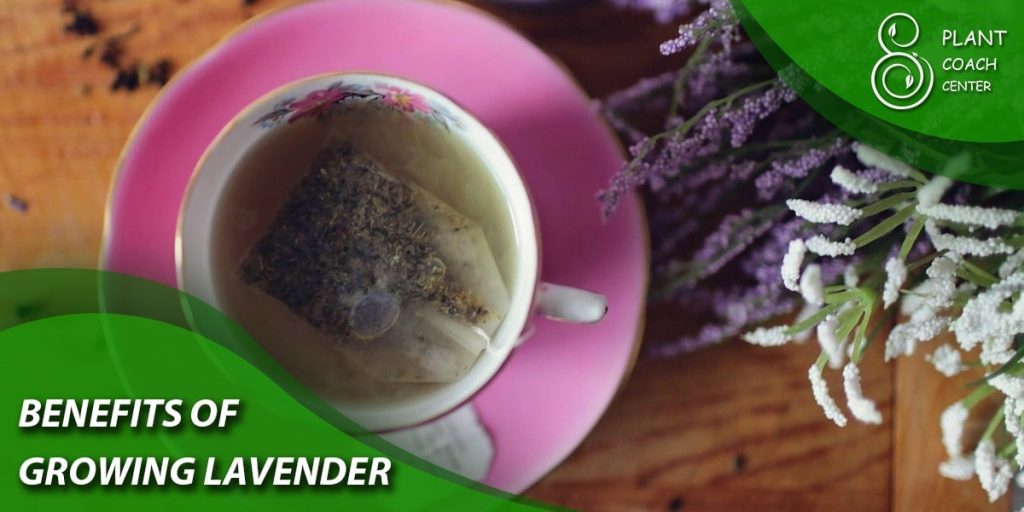
Benefits of Growing Lavender
In addition to its fragrant scent and beautiful flowers, lavender has a variety of benefits for both the gardener and the environment. Here are a few reasons why you might want to consider growing lavender:
– Lavender attracts pollinators such as bees and butterflies, which can help to benefit your garden as a whole.
– Lavender has a variety of culinary and medicinal uses and can be used to make teas, essential oils, and other products.
– Lavender is relatively easy to grow and requires minimal care once established.
– Lavender can be used in a variety of landscaping designs, from formal herb gardens to informal cottage gardens.
Now that we have a basic understanding of lavender and its growing requirements, let’s move on to the next section: Factors to Consider Before Planting Lavender.
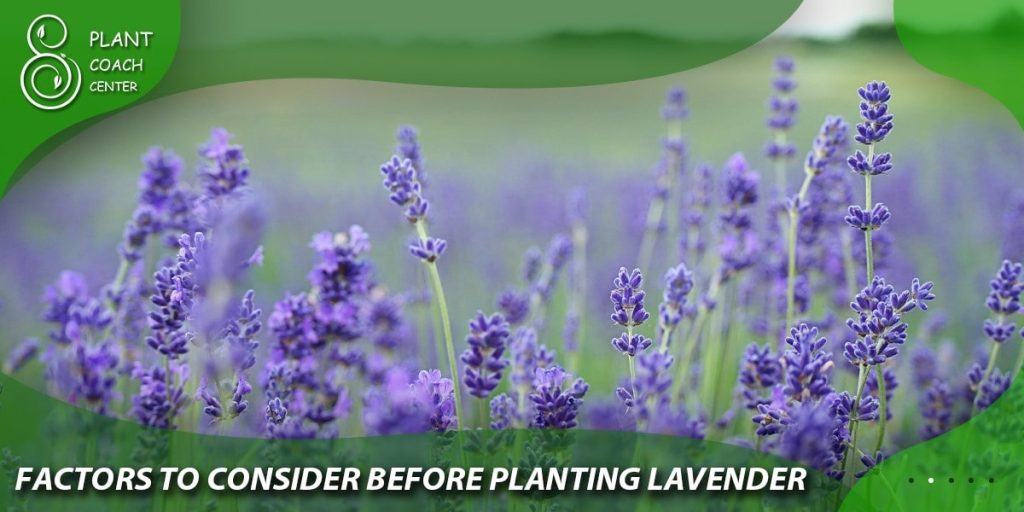
Factors to Consider Before Planting Lavender
Before planting lavender, there are several factors that you should consider to ensure that your plants thrive. Here are some things to keep in mind:
Climate and Weather Conditions
Lavender thrives in warm, sunny climates and is not well-suited to cold or damp conditions. Before planting lavender, you should research the climate and weather conditions in your area to ensure that they are suitable for growing lavender. Some things to consider include:
– Average temperatures: Lavender prefers temperatures between 60 and 75 degrees Fahrenheit.
– Frost: Lavender is not frost tolerant and can be damaged by frost or freezing temperatures.
– Rainfall: Lavender is drought-tolerant and does not require frequent watering. However, it does require some moisture to thrive. If you live in an area with very little rainfall, you may need to water your lavender plants more frequently.
Soil Type and pH Levels
Lavender requires well-draining soil that is slightly alkaline (with a pH between 6.5 and 7.5). Before planting lavender, you should test your soil to ensure that it meets these requirements. Some things to consider include:
– Soil type: Lavender prefers sandy or loamy soil that is well-draining. If your soil is heavy or clay-like, you may need to amend it with sand or other materials to improve drainage.
– Soil pH: Lavender prefers slightly alkaline soil with a pH between 6.5 and 7.5. If your soil is too acidic, you may need to add lime to raise the pH.
Sunlight and Watering Requirements
Lavender requires full sun and at least six hours of direct sunlight per day. Before planting lavender, you should choose a location that receives plenty of sunlight throughout the day. Some things to consider include:
– Sunlight: Lavender requires full sun and at least six hours of direct sunlight per day. If your lavender plants are not getting enough sunlight, they may become leggy or fail to produce flowers.
– Watering: Lavender is drought-tolerant and does not require frequent watering. However, it’s important to water newly planted lavender regularly until it becomes established.
Choosing the Right Location for Your Lavender Plants
Choosing the right location for your lavender plants is crucial for their success. Before planting lavender, you should consider factors such as:
– Sunlight: Lavender requires full sun and at least six hours of direct sunlight per day. Choose a location that receives plenty of sunlight throughout the day.
– Soil: Lavender requires well-draining soil that is slightly alkaline (with a pH between 6.5 and 7.5). Choose a location with soil that meets these requirements.
– Protection from the elements: Lavender is not frost tolerant and can be damaged by strong winds or heavy rain. Choose a location that offers some protection from these elements.
By considering these factors before planting lavender, you can ensure that your plants have the best chance of success. In the next section, we’ll discuss how to prepare your garden for planting lavender.
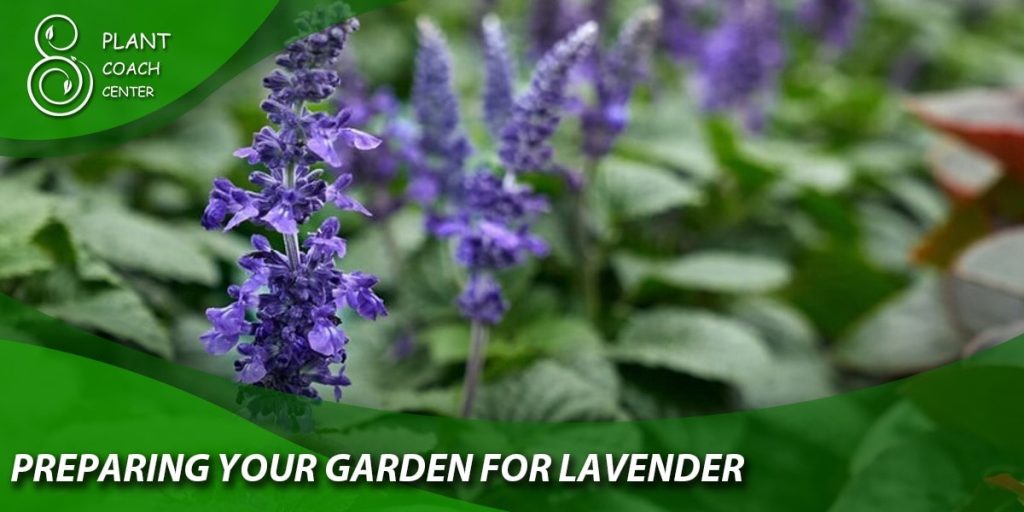
Preparing Your Garden for Lavender
Preparing your garden for planting lavender is an important step in ensuring the success of your plants. Here are some things to keep in mind:
Soil Preparation and Amendment
Lavender requires well-draining soil that is slightly alkaline (with a pH between 6.5 and 7.5). If your soil is heavy or clay-like, you may need to amend it with sand or other materials to improve drainage. Here are some steps you can take to prepare your soil for planting lavender:
– Test your soil: Before planting lavender, test your soil to determine its pH level and nutrient content. You can purchase a soil testing kit at your local garden center or online.
– Amend the soil: If your soil is too acidic or heavy, you may need to add lime or sand to improve drainage and raise the pH level. Follow the instructions on the product packaging to ensure that you add the correct amount of amendment.
– Add organic matter: Adding organic matter such as compost or aged manure can help to improve soil texture and fertility. Mix the organic matter into the soil before planting your lavender.
Planting Techniques and Spacing
Proper planting techniques and spacing are important for the health and growth of your lavender plants. Here are some tips for planting lavender:
– Choose healthy plants: When purchasing lavender plants, choose plants that are healthy and disease-free.
– Dig a hole: Dig a hole that is slightly larger than the root ball of your lavender plant.
– Plant the lavender: Place the lavender plant in the hole and backfill with soil. Firm the soil around the base of the plant.
– Space the plants: Lavender plants should be spaced about 12 to 18 inches apart to allow for air circulation and prevent overcrowding.
Mulching and Fertilizing Lavender Plants
Mulching and fertilizing can help to improve the growth and health of your lavender plants. Here are some tipsfor mulching and fertilizing lavender:
– Mulching: Mulching around your lavender plants can help to conserve moisture, suppress weeds, and regulate soil temperature. Use a layer of organic mulch such as straw, leaves, or bark chips, being careful not to cover the base of the plant.
– Fertilizing: Lavender does not require heavy fertilization, but it can benefit from a light application of balanced fertilizer in the spring. Avoid using high-nitrogen fertilizers, as these can promote leaf growth at the expense of flowers.
Protecting Your Lavender from Pests and Diseases
Lavender is relatively pest and disease-resistant, but it can be susceptible to certain issues. Here are some tips for protecting your lavender from pests and diseases:
– Monitor regularly: Regularly inspect your lavender plants for signs of pests or disease, such as yellowing leaves or wilting.
– Encourage beneficial insects: Encouraging beneficial insects such as ladybugs and lacewings can help to control aphids and other pests.
– Practice good hygiene: Remove any diseased or damaged leaves or branches from your lavender plants promptly to prevent the spread of disease.
By following these steps, you can prepare your garden for planting lavender and ensure that your plants have the best chance of success.
In the next section, we’ll discuss how to care for your lavender plants once they are established.
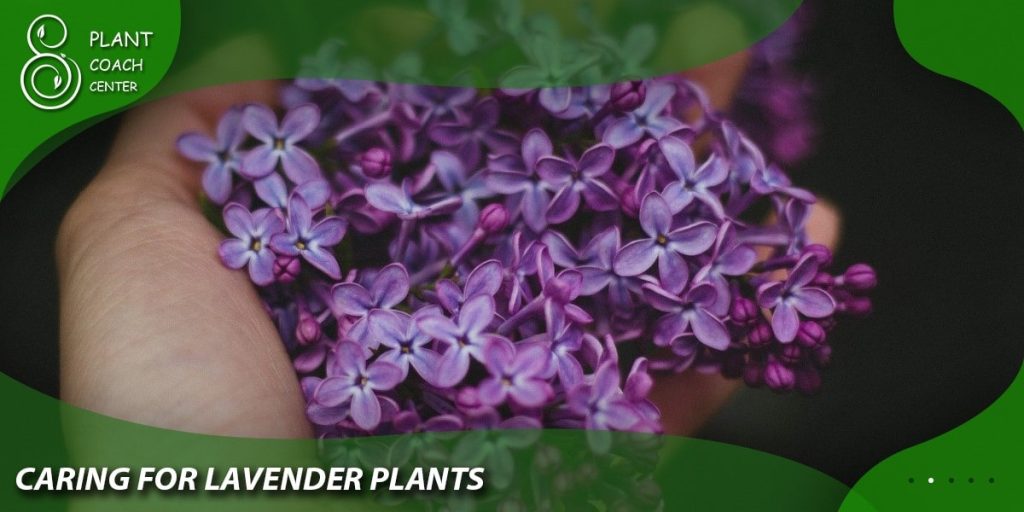
Caring for Lavender Plants
Caring for lavender plants is relatively easy once they are established. Here are some tips for caring for your lavender plants:
Watering and Irrigation Techniques
Lavender is drought-tolerant and does not require frequent watering. However, it’s important to water newly planted lavender regularly until it becomes established. Here are some tips for watering your lavender plants:
– Water regularly: Water your lavender plants regularly until they become established. After that, water only during prolonged dry spells or when the soil is dry to the touch.
– Avoid overwatering: Lavender does not tolerate wet or waterlogged soil, so be sure not to overwater your plants.
Pruning and Shaping Lavender Plants
Pruning and shaping lavender plants is important for maintaining their shape and promoting healthy growth. Here are some tips for pruning and shaping your lavender plants:
– Prune in the spring: Prune your lavender plants in the spring, just as new growth begins to emerge.
– Cut back the stems: Cut back the stems by about one-third, being careful not to cut into the woody stems.
– Shape the plant: Shape the plant into a mound or hedge shape, depending on your preference.
Harvesting Lavender for Culinary and Medicinal Purposes
Harvesting lavender for culinary and medicinal purposes is a great way to enjoy the benefits of this versatile herb. Here are some tips for harvesting lavender:
– Harvest in the morning: Harvest lavender in the morning, when the essential oils are most concentrated.
– Cut the stems: Cut the stems just above the leaves, being careful not to cut into the woody stems.
– Hang to dry: Hang the lavender sprigs upside down in a cool, dry place to dry.
Overwintering and Protecting Lavender from Frost Damage
Lavender is not frost tolerant and can be damaged by freezing temperatures. Here are some tips for overwintering and protecting your lavender plants from frost damage:
– Mulch the base: Mulch the base of the plant with straw or leaves to protect the roots from freezing.
– Cover with a cloth: Cover the plant with a cloth or blanket on nights when frost is expected.
– Bring indoors: If you live in a colder climate, you may need to bring your lavender plants indoors during the winter months.
By following these tips for caring for your lavender plants, you can ensure that they thrive and produce beautiful blooms year after year.
In the next section, we’ll discuss common problems with lavender plants and how to troubleshoot them.
Troubleshooting Common Problems with Lavender Plants
While lavender plants are relatively easy to care for, they can sometimes experience problems that affect their growth and health. Here are some common problems with lavender plants and how to troubleshoot them:
Problem: Yellowing Leaves
Yellowing leaves can be a sign of several issues, including overwatering, nutrient deficiencies, or pests.
Solution: Check the soil moisture levels and adjust watering as needed. Ensure that the soil is well-draining and not waterlogged. Test the soil for nutrient deficiencies and apply a balanced fertilizer if needed. Inspect the plant for pests, such as aphids or spider mites, and treat with an appropriate pesticide if necessary.
Problem: Leggy Growth
Leggy growth, or long, spindly stems, can be a sign of insufficient sunlight or improper pruning.
Solution: Ensure that the plant is receiving at least six hours of direct sunlight per day. Prune the plant in the spring to promote bushier growth and prevent leggy stems.
Problem: Poor Flowering
Poor flowering can be a sign of several issues, including insufficient sunlight, over-fertilization, or improper pruning.
Solution: Ensure that the plant is receiving at least six hours of direct sunlight per day. Avoid over-fertilizing the plant, as this can promote leaf growth at the expense of flowers. Prune the plant in the spring to promote bushier growth and more flowers.
Problem: Root Rot
Root rot can occur when the plant is overwatered or the soil is poorly draining, leading to fungal growth in the roots.
Solution: Reduce watering and ensure that the soil is well-draining. If root rot has already occurred, remove the plant from the soil and trim away any affected roots. Repot the plant in fresh, well-draining soil.
Problem: Pest Infestation
Lavender plants can be susceptible to pests such as aphids, spider mites, and thrips.
Solution: Regularly inspect the plant for signs of pests and treat with an appropriate pesticide if necessary. Encourage beneficial insects such as ladybugs and lacewings to help control pest populations.
Problem: Disease
Lavender plants can be susceptible to diseases such as powdery mildew and root rot.
Solution: Regularly inspect the plant for signs of disease and promptly remove any affected leaves or branches. Treat with an appropriate fungicide if necessary.
By troubleshooting these common problems with lavender plants, you can help ensure that your plants remain healthy and vibrant.

Conclusion
Lavender is a beautiful and versatile herb that can be grown in a variety of climates and soil types. By considering factors such as climate, soil type, and sunlight requirements, you can ensure that your lavender plants thrive. Preparing your garden with proper soil preparation, planting techniques, and mulching and fertilizing can also help to promote healthy growth and flowering.
Caring for your lavender plants with proper watering, pruning, and harvesting techniques can help ensure that they remain healthy and vibrant year after year. And by troubleshooting common problems such as yellowing leaves or pest infestations, you can help keep your lavender plants in top shape. With a little care and attention, you can enjoy the beauty and fragrance of lavender in your garden for years to come.
When can you plant lavender?
Lavender can be planted in the spring after the last frost date or in the fall before the first frost date.
Can lavender tolerate cold temperatures?
Lavender is a hardy plant that can tolerate cold temperatures, but it's important to choose the appropriate lavender variety for your climate.
How long does it take for lavender to grow?
Lavender plants typically take 2 to 3 years to reach their full size and bloom abundantly.


